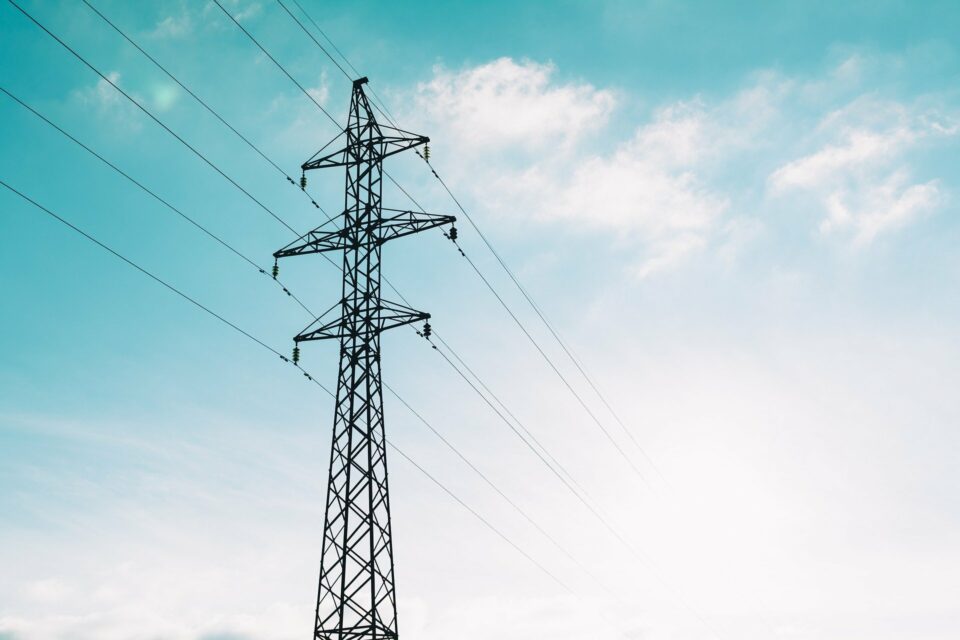Guidance for States on Potential Steps to Opt Out of PJM’s Capacity Market
State Impact Center / March 23, 2020

The State Impact Center has partnered with Synapse Energy Economics, Inc. to release a guide, The Fixed Resource Requirement Alternative to PJM’s Capacity Market: A Guide for State Decision-Making, to help state attorneys general and other stakeholders in and outside of PJM Interconnection Inc. (PJM) evaluate whether and, if so, how, to potentially opt-out of PJM’s capacity market in response to a recent decision by the Federal Energy Regulatory Commission (FERC) which penalizes state-supported clean energy resources. To learn more about the work of attorneys general in protecting state clean energy rights in PJM’s capacity market click here.
PJM is the regional transmission organization that coordinates the movement of wholesale electricity in 13 eastern and Midwestern states and the District of Columbia. PJM operates a capacity market that is designed to ensure that there is sufficient electricity to meet future energy needs through an auction process.
In December 2019, FERC issued an order that materially changes capacity market rules for PJM. The order adopts a Minimum Offer Price Rule (MOPR) that is expected to disqualify some state-supported clean energy resources from receiving capacity market payments. In doing so, FERC’s order undermines state clean energy policies and states’ prerogatives to shape their preferred energy generation mix, as authorized under the Federal Power Act.
The MOPR order has triggered inquiries from states, utilities and other stakeholders about opting out of the capacity market by invoking PJM’s so-called Fixed Resource Requirement (FRR) Alternative. The guide continues the non-partisan Center’s tradition of undertaking research that advances legal and policy analysis on clean energy issues by collaborating with Synapse to assist states and other stakeholders inside and out of PJM’s service footprint to better understand the “whethers,” “hows” and “ifs” of the FRR Alternative. Synapse is a research and consulting firm specializing in energy, economic and environmental topics.
Building on a webinar (recording below) the Center hosted in March with Synapse on the December 2019 MOPR order, the guide provides a three-step framework for states considering opting out of PJM’s capacity market with PJM’s FRR alternative. The FRR alternative is an existing mechanism that requires a utility to develop a plan to secure enough capacity to meet forecasted peak demand for power for all customers within a designated FRR zone. The three-steps are:
Step 1: Identification of Issues. Prior to conducting any analysis, a state should identify the issues it wants to solve by implementing the FRR. For example, is a state seeking to provide capacity revenue for new renewable energy resources in order to promote state clean energy goals or is it looking to take more control over capacity procurement to ensure greater price stability? Identifying the issue or issues a state seeks to address will set the foundation for what type of economic and financial analysis would be required and related legislative and regulatory questions.
Step 2: Economic and Financial Analysis. States should consider the full set of potential financial and economic implications of adopting the FRR. This evaluation should evaluate state-specific benefits and costs associated with implementing the FRR alternative, with special attention on the fact that alternative capacity payments will apply for the minimum five-year period required by the FRR.
Step 3: Assessment of Legislative and Regulatory Actions. After conducting an economic and financial analysis, the last step is to assess changes needed to existing state laws and regulations to enable the FRR. This step will be different for states that have undergone electric restructuring than for those with regulated markets. For example, restructured states may need to amend laws governing retail competition and regulations regarding the procurement of standard offer or default service. These considerations will also impact the timing of pursuing a FRR plan. States with vertically integrated utilities can more easily instruct utilities to implement FRRs.
A copy of Synapse’s slides from the webinar presentation are available here.
